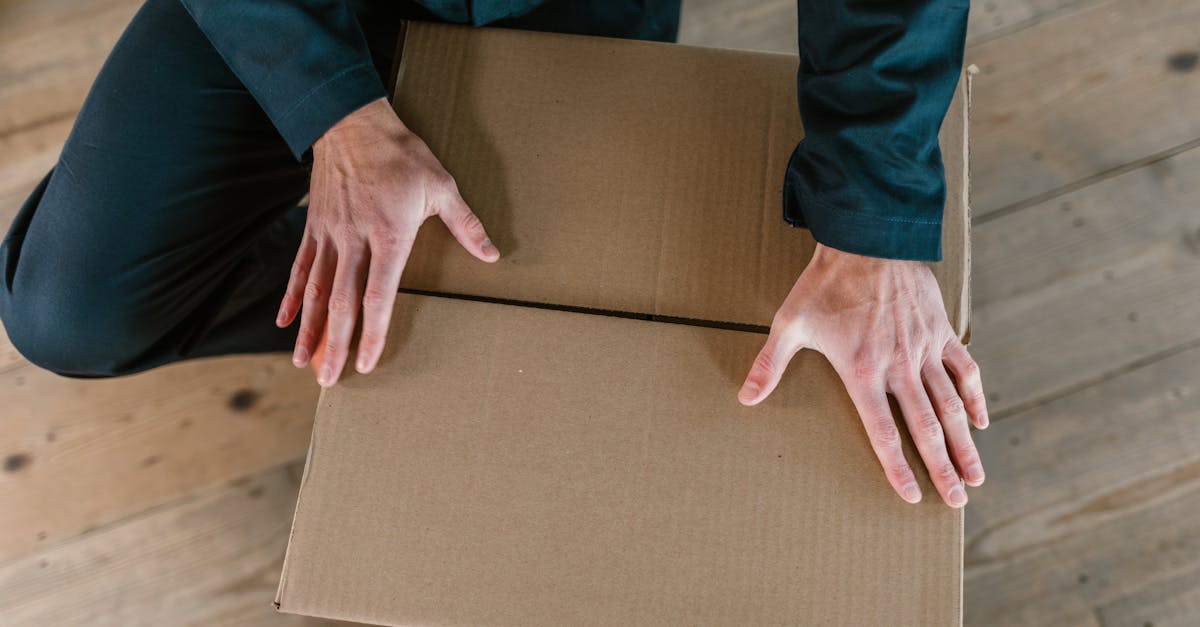Imagine thinking you’re doing the planet a favor, but actually causing more harm. Eco-friendly home repairs seem like the perfect solution for creating a greener environment while maintaining your comfort. However, common pitfalls can turn your good intentions into environmental setbacks. You might feel confident about using sustainable materials, but choosing the wrong ones can lead to more waste and less efficiency.
Did you know that even the smallest choices, like fixing air leaks or selecting the right eco-friendly carpet, can significantly impact your home’s energy efficiency? Opting for energy-efficient products and incorporating recycled building materials sounds simple. But it requires careful planning to ensure you’re not accidentally using resources that don’t align with your green home maintenance goals. Make sure you’re on the right path.
Feel ready to discover the most common mistakes and how to avoid them? Dive in and ensure your next eco-friendly project saves both money and the planet.

Inside the article
Neglecting to Use Sustainable Materials
When doing eco-friendly home repairs, always start by looking for sustainable materials for projects. These materials help reduce the impact on the environment. Many people skip this step, but it’s crucial for making your home greener. Think about using bamboo for flooring or cork, which are both sustainable and stylish.
Avoid timber that isn’t certified as sustainable. You should also check for materials that have low VOCs (volatile organic compounds). These are better for both the air quality in your home and the planet. By choosing these options, you’re not just fixing your home but also showing care for the earth.

Ignoring Recycled Building Materials
Recycled building materials are a fantastic way to lower your carbon footprint during repairs. You might be surprised at the variety of materials available, from recycled glass tiles to reclaimed wood. These materials offer unique and beautiful options for your home projects.
It’s easy to overlook these choices because they sometimes require more effort to find. However, incorporating recycled elements can truly make your project stand out. You can discover treasures at salvage yards or specialty eco-stores. Remember, using recycled products isn’t just about eco-friendliness; it’s also about adding character to your space.

Overlooking Energy-Efficient DIY Options
Energy-efficient DIY methods are essential when planning repairs. These methods cut costs in the long run and save significant power. For instance, installing smart lighting can reduce electricity use. You can also look at adding reflective insulation to keep your home warmer in winter and cooler in summer.
It’s easy to overlook these options because they may seem complicated at first. But with a little research, you’ll find many energy-efficient products designed for easy installation. Plus, online tutorials can provide simple guides for energy efficient products installation. Don’t ignore these options; they are both practical and environmentally conscious.

Skipping Green Home Maintenance
Regular green home maintenance is essential for keeping your home eco-friendly over time. Simple tasks, like sealing air leaks, can make a huge difference in energy efficiency. You should also consider routine checks like a home energy audit to identify where improvements can be made.
Skipping this step can lead to increased energy bills and wasted resources. Make a schedule for regular maintenance that includes checking your tankless water heater or your geothermal heat pump. These systems are efficient, but only if maintained properly.

Rushing Through Environmentally Friendly Home Improvements
Planning is key to successful eco-friendly home improvements. Too many people rush through projects without a solid plan, leading to missed opportunities for using green materials. Take your time to plan out each step of your project carefully.
This careful planning allows you to choose the best materials and methods. It also means you won’t have to redo any work, which saves resources in the long run. By taking your time, you can ensure that each decision benefits both your home and the environment.

Common Eco-Friendly Home Repairs Mistakes
In eco-friendly home repairs, certain mistakes are all too common. To avoid these, you need to be well-informed. Understand different sustainable materials before you start any project. Do your research and ask questions when in doubt. The more you know, the better your repairs will be.
Another pitfall is choosing methods that aren’t energy-efficient. Always aim for eco-friendly solutions that save energy. Opt for systems like solar panels or an eco-friendly carpet. These choices improve your home’s sustainability while also potentially saving money.
Avoid Common Pitfalls and Embrace Greener Choices
Understanding the biggest mistakes helps you make smarter, more sustainable choices at home. You can reduce energy costs, improve comfort, and promote a healthier planet by avoiding these errors. By focusing on using sustainable materials and implementing energy-efficient practices, you ensure your home is both environmentally friendly and cost-effective.
Start by identifying areas in your home that need improvement, such as checking for air leaks or considering energy-efficient products like smart lighting. Explore simple projects that fit your budget and skills. A home energy audit can guide you in prioritizing changes, whether it’s installing reflective insulation or considering solar roof panels.
Take action today. Begin with one small project, like sealing drafts or switching to an eco-friendly carpet. Every step counts. Embrace the journey of making your home a greener, more sustainable place for you and your family.
